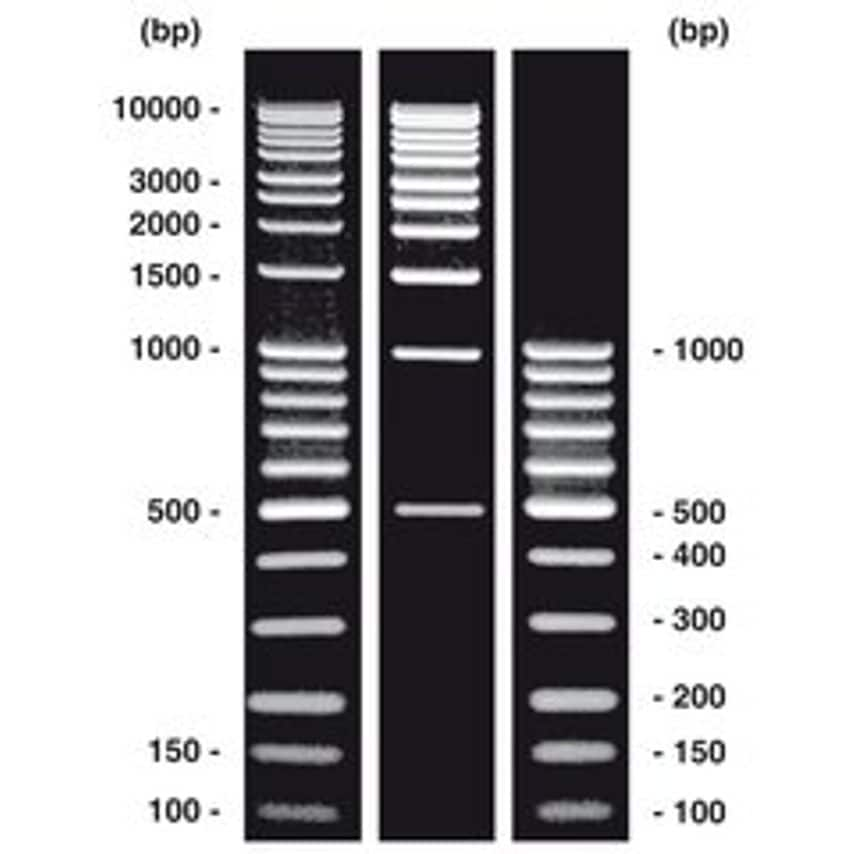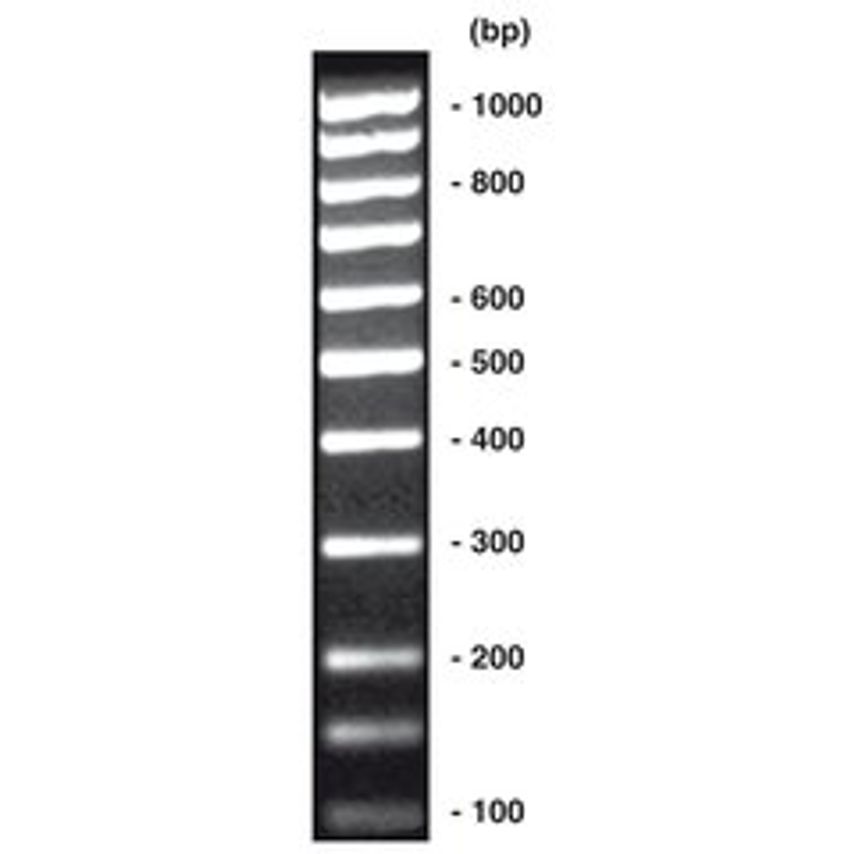
Brand
- Watco 3.636
- CraftifulOils 1.944
- Gripple 958
- PawHut 754
- Life Essentials 547
- RampCentre 440
- Fruit Of The Loom 388
- Qualfast 372
- CRC Press 371
- Web One Accessories 371
- Bott 362
- Hunter 344
- Cablecraft 338
- Lighthouse 326
- Beeswift 314
- Ping 288
- Slingsby 280
- 🐾 PureVitam® 280
- Craftiful Fragrance Oils 277
- MonsterShop 272
- Indexa 244
- MTP Products 234
- Routledge 234
- QMP 215
- JORDAN 200
- Racinglines 195
- PCR Max 183
- Mitutoyo 178
- Zoro Select 172
- Sealey 166
- Savings Store 158
- Matlock 154
- NIKE 154
- New Pig BV 149
- Merkel Designers 147
- Topstore 143
- Huntingdon Fusion Techniques 141
- Verner Panton 137
- Dell 136
- Callaway 131
- JP Cages 129
- The Home Maker 128
- 3M 126
- Gordon Measurement 126
- Millennium Furniture 122
- glerups 120
- Liverpool FC 118
- Style and Chic 117
- Portwest 112
- Unbeatable Bargains 112
- Esab 102
- M&S Collection 101
- Mizuno 100
- Sid & Sam 99
- R and M Furniture 98
- Liquitex 96
- StarTech.com 96
- Merlin Deals 94
- Titleist 94
- Tyrell & Tyrell 91
- Carpe Diem Beds 90
- SCHLLER 90
- Mountz 89
- KARUP design 87
- Planet - Rotur 87
- Applied Nutrition 86
- Carl Roth 86
- Advanced Electronics 85
- Direct Imports 85
- All Things Good 84
- Sykes-Pickavant 84
- Casper Homes 83
- Cisco 83
- Seaward 83
- Brittle & Co 81
- Humbrol 81
- ANTON KESSEL GMBH 76
- Discount Dealers 76
- Maze Living 76
- Cotswold 74
- Nike 72
- Swift 72
- ICECREAM 71
- Maroxe 67
- Nobby 67
- Union 66
- Chapman & Hall 65
- Kennedy 65
- Martindale Electric 63
- Postman Pooch 63
- BearTOOLS 62
- No Climb Solo Testifire Detector Testers 62
- AWDis Just Cool 60
- Puckator 60
- Gates 59
- Lorch 59
- Design Hut 58
- DnA Ramps and Access 58
- MOEBE 58
- Air Jordan 57
Colour
- Black 1.485
- White 662
- Green 645
- Blue 575
- Grey 516
- Red 468
- Yellow 436
- Deep Navy 408
- Brown 281
- Silver 252
Size
Gender
Merchant
- Zoro UK Limited 15.635
- Home Done 2.351
- Craftiful Fragrance Oils 2.221
- Routledge 743
- Purrfpets 650
- Acorn Fire & Security 571
- QD Stores 520
- Plusshop UK [OLD] 406
- Marks & Spencer UK 403
- Golf Gear Direct 389
- Web One Accessories 371
- K4G.COM 356
- Purevitam 354
- RS Components UK 348
- BasketZone.Net 313
- Seal Medical 308
- MyTrendyPhone.co.uk 294
- Click Golf 290
- AndLight.co.uk 260
- AWD IT 217
- Lighthouse Clothing 207
- uk.plusshop.com 202
- Cowling & Wilcox 169
- Cherry Lane 168
- Wrong Weather 146
- Target Dry 144
- Home Living Luxury 142
- LuisaViaRoma.com 142
- uk.bazta.com 142
- Kick Game 135
- Slam City Skates 134
- JP Cages 129
- Posted Protein 125
- glerups.co.uk 120
- Maroxe 119
- Liverpool FC 118
- Belveto 116
- Dell 98
- Epoka AS 92
- carpediembeds.co.uk 90
- Craigmore UK 88
- My-Deco-Shop 87
- Car Smart 84
- Workwear Supermarket 83
- Univelve 73
- Postman Pooch 70
- Bathshack.com 69
- Vivomed 67
- Gordons Direct 63
- Selfmade.com 63
Price (EUR)
- <5 1.837
- 5 - 10 1.724
- 10 - 20 3.200
- 20 - 50 5.903
- 50 - 100 5.020
- 100 - 200 4.209
- 200 - 500 4.070
- >500 5.931























